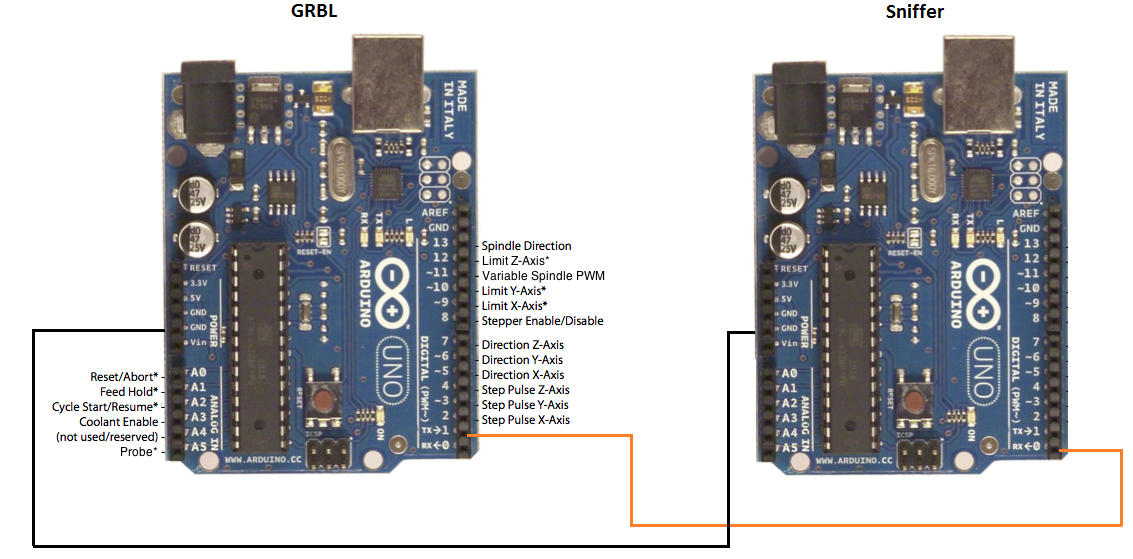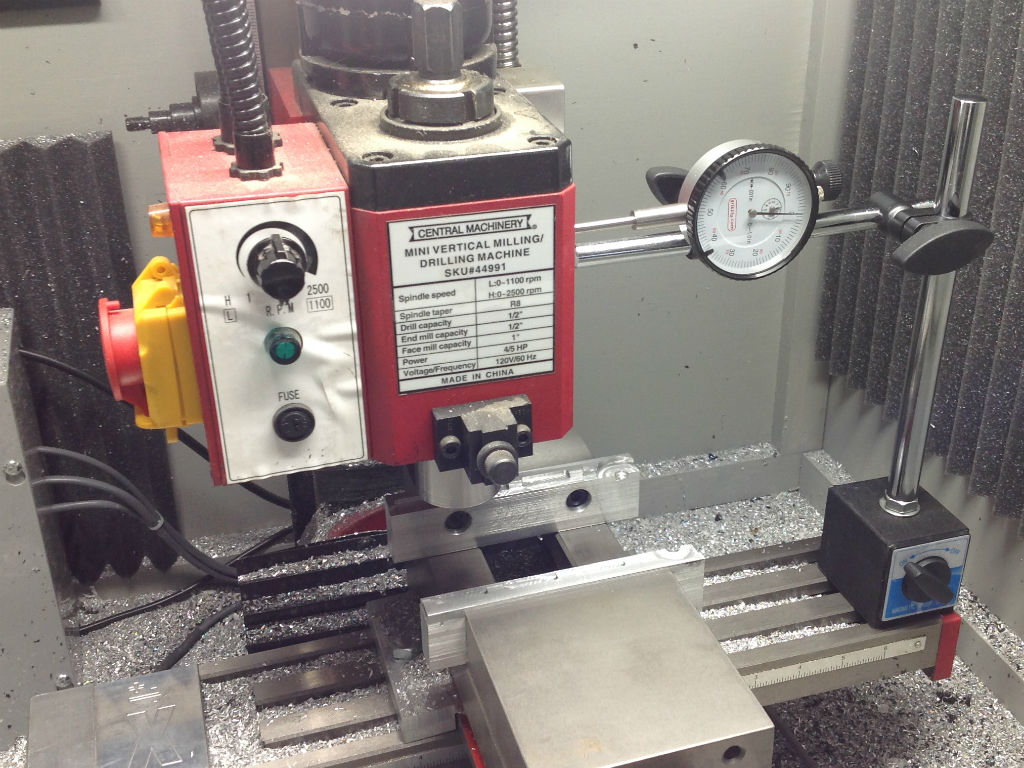

This setting inverts the step pulse signal. In this case, just keep your steppers enabled via $1=255.

HOW TO ADJUST GRBL CONTROLLER DRIVERS
Also, keep in mind that some stepper drivers don't remember which micro step they stopped on, so when you re-enable, you may witness some 'lost' steps due to this. This is to help account for machine motors that do not like to be left on for long periods of time without doing something.

On others, you may need 25-50 milliseconds to make sure your axes come to a complete stop before disabling. Depending on the system, you can set this to zero and disable it. The stepper idle lock time is the time length Grbl will keep the steppers locked before disabling. Again, just to repeat, you can keep all axes always enabled by setting $1=255. OR, you can always keep your axes enabled (powered so as to hold position) by setting this value to the maximum 255 milliseconds. $1 - Step idle delay, msecĮvery time your steppers complete a motion and come to a stop, Grbl will delay disabling the steppers by this value. We recommend something around 10 microseconds, which is the default value. If the pulses are too long, you might run into trouble when running the system at very high feed and pulse rates, because the step pulses can begin to overlap each other. You want the shortest pulses the stepper drivers can reliably recognize. Check the data sheet or just try some numbers. Stepper drivers are rated for a certain minimum step pulse length. NOTE: Settings numbering has changed since v0.8c for future-proofing purposes. Grbl's $x=val settings and what they mean You can check if Grbl has received and stored your setting correctly by typing $$ to view the system settings again. If everything went well, Grbl will respond with an 'ok' and this setting is stored in EEPROM and will be retained forever or until you change them. the microseconds step pulse option to 10us you would type this, followed by an enter: $0=10
HOW TO ADJUST GRBL CONTROLLER SERIAL
The $x=val command saves or alters a Grbl setting, which can be done manually by sending this command when connected to Grbl through a serial terminal program, but most Grbl GUIs will do this for you as a user-friendly feature. All of these settings are persistent and kept in EEPROM, so if you power down, these will be loaded back up the next time you power up your Arduino. Grbl should respond with a list of the current system settings, as shown in the example below. To view the settings, type $$ and press enter after connecting to Grbl. These either immediately change Grbl's running behavior or immediately print a report of the important realtime data like current position (aka DRO). The last four non-'$' commands are realtime control commands that can be sent at anytime, no matter what Grbl is doing. The ‘$’-commands are Grbl system commands used to tweak the settings, view or change Grbl's states and running modes, and start a homing cycle. Grbl should respond with: $$ (view Grbl settings) You should not see any local echo of the $ and enter. Type $ and press enter to have Grbl print a help message.

You should get the Grbl-prompt, which looks like this: Grbl 0.9i Set the baud rate to 115200 as 8-N-1 (8-bits, no parity, and 1-stop bit.) First, connect to Grbl using the serial terminal of your choice.


 0 kommentar(er)
0 kommentar(er)
